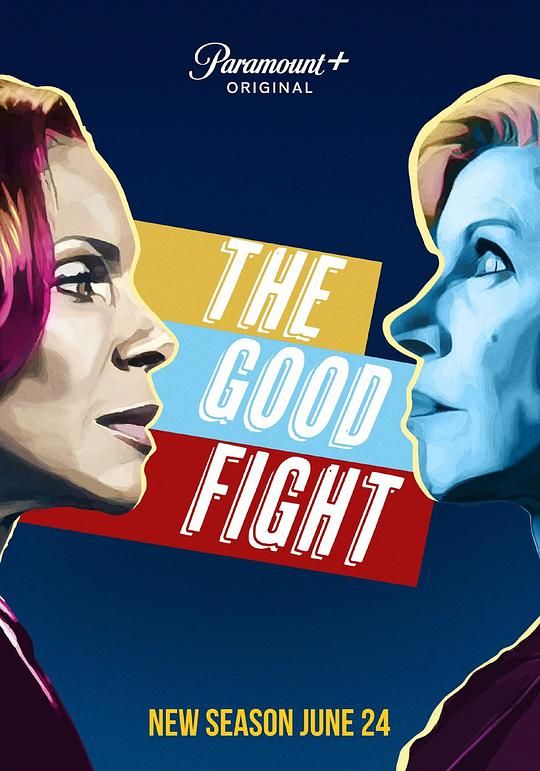
抗日战争时期,在山东南部枣庄矿区,以刘洪、王强为首的一批煤矿工人和铁路工人,因不堪日寇的欺压和蹂躏,在中国共产党的领导下秘密建立起一支短小精悍的游击队。这支游击队经历了飞车搞机枪、血染洋行、智打票车、夜袭临城、打冈村、搞情报、夺布车、上济南、下徐州等多次战斗,活跃在日军侵华战争的主要铁路命脉——津浦线的山东沿线,被百姓称为“飞虎队”。鲁汉、林忠等铁道游击队员,在战斗中逐渐成长,并为国捐躯;刘洪和芳林嫂也在战斗中产生爱情。日本侵略军为消灭心腹之患,在铁道线附近进行残酷扫荡和绞杀,利用种种阴谋,使铁道游击队面临险境。1945年抗战胜利,铁道游击队在人民的支持下,周旋于铁道和微山湖之间,抓住了逃跑的小林和他的残兵败将,并逐步壮大起来。...
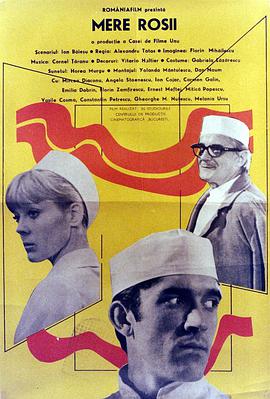
The main character, a young surgeon (avid consumer of red apples), excellent professional, inflexible with respect for moral norms, are in a constant struggle with indifference and ignorance of his fellow men, with their littleness of soul, the director of the hospital obtuseness and careerism. Red Apples exactly expresses the conflict between talent, professional dedication, respect the Hippocratic Oath, the protagonist came face to face with mediocrity, sufficiency and careerism of brothers who, at any cost, want to move into professional and social ladder. Rise young doctor Mitica Herod assigned to a provincial hospital, the doctor makes Mitroi prototype capped professional character, to see jeopardized the director of the hospital. Mitica (enthusiastic, charismatic and convincing in the role of actor Mircea Diaconu) makes no promises in relation to his superior, which always reminds him of his mission, the function they represent. Ignore the so-called "social conveniences" and not promising in addressing hospital and patients. Well-meaning and lucid, ready for personal sacrifices, he believes that the world has only one real enemy: death, which, unfortunately, it always fails defeat. "I was preoccupied, primarily, grammatical problems of the profession. It is true, perhaps the film has a kind of enthusiasm that I have not found then. I wanted to be a human story and I think it came out as such. and that is true not consider it a merit, but a prerequisite. I never wanted to do "red Apples" true or less true. I did as I felt. "Alexander Tatos</p>...

"Bob Dylan going electric" at the 1965 Newport Folk Festival is one of those epochal moments in rock history that seemingly everyone has heard about, but what few people seem to know is that it wasn't some ephemeral event that we only know from word of mouth -- filmmaker Murray Lerner documented the performances at the Newport Festival for several years running, and The Other Side of the Mirror collects footage from the three years Dylan appeared at the celebrated folk gathering, allowing us to see Dylan's rise through the folk scene for ourselves. Watching Lerner's documentary, what's most remarkable is how much Dylan changed over the course of 36 months; the young folkie performing at the afternoon "workshop" at the side of Joan Baez in 1963 is at once nervy and hesitant, singing his wordy tunes while chopping away at his acoustic guitar and energizing the crowd without seeming to know just what he's doing. In 1964, Dylan all but owns Newport, and he clearly knows it; he's the talk of the Festival, with Baez and Johnny Cash singing his praises (and his songs), and his command of the stage is visibly stronger and more confident while his new material (including "Mr. Tambourine Man" and "It Ain't Me, Babe") sees him moving away from the "protest songs" that first made his name. When the audience demands an encore after Dylan's evening set (Odetta and Dave Van Ronk were scheduled to follow him), Peter Yarrow tries to keep the show moving along while Dylan beams at the crowd's adulation, like the rock star he was quickly becoming. By the time the 1965 Newport Festival rolled around, Dylan's epochal "Like a Rolling Stone" was starting to scale the singles charts, and the hardcore folk audience was clearly of two minds about his popular (and populist) success. When Dylan, Fender Stratocaster in hand, performs "Maggie's Farm" backed by Al Kooper, Mike Bloomfield and the rhythm section from the Paul Butterfield Blues Band, the raucous but hard-driving number inspires a curious mixture of enthusiastic cheering and equally emphatic booing, and while legend has it that the version of "Like a Rolling Stone" that followed was a shambles, the song cooks despite drummer Sam Lay's difficulty in finding the groove, though if anything the division of the crowd's loyalties is even stronger afterward. After these two numbers, Dylan and his band leave the stage, with Yarrow (once again serving as MC) citing technical problems (if Pete Seeger really pulled the power on Dylan, as legend has it, there's no sign of it here); Dylan returns to the stage with an acoustic six-string to sing "Mr. Tambourine Man" and "It's All Over Now, Baby Blue" before vanishing into the night without comment. While much of the audience at Newport in 1965 wanted the "old" Dylan back, his strong, willful performances even on the acoustic stuff makes it obvious that the scrappy semi-amateur we saw at the beginning of the movie was gone forever, and the ovations suggest more than a few people wanted to see Dylan rock. Lerner's film tells us a certain amount of what we already knows, but it gently debunks a few myths about Dylan during this pivotal moment in his career, and his performances are committed and forceful throughout; no matter how many times you've read about Dylan's Newport shoot-out of 1965, seeing it is a revelatory experience, and Lerner has assembled this archival material with intelligence and taste. This is must-see viewing for anyone interested in Dylan or the folk scene of the '60s....

Angkasa, a student with a dashing and handsome look, who is famous as the leader of a delinquent gang SATROVA at Andromeda High School, making him a feared figure at his school. Angkasa has a girlfriend named Analisa, who was previously also a student at Andromeda High School, but moves to Milan for a student exchange program. Their relationship are getting worse, then finally Angkasa decided to end the relationship. In the midst of his personal conflict, Angkasa meets Aurora, their first meeting sparking a heated debate between the two. However, Aurora managed to break through Angkasa's stubborn walls and assuage his ego. Slowly, she becomes a special one in Angkasa's life, but will they find happiness together?...
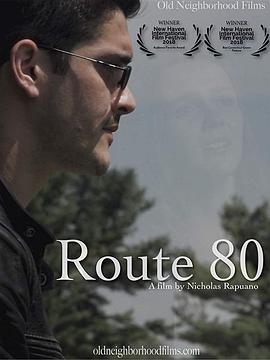
Tommy DiNello, a freelance videographer, moves back to North Branford Ct. from New York City after two years on his own. His extremely close cousins, Marie and Dom Jr., are reluctantly accepting their father's new young foreign wife Varya, just two years after their mother's death. Since Tommy's parents moved to Florida when he was away, he has no choice but to stay with his Uncle Dominic and cousin Marie while battling memories of the reason he left town in the first place. His dear friend, Angela and him are reunited, This is bittersweet as she is the only one with clear knowledge and witness of his past.</p>...
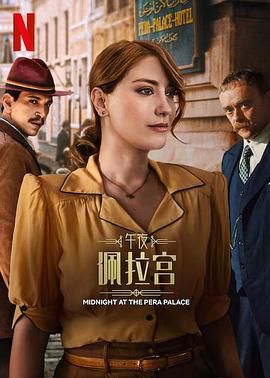
在 1995 年,艾丝拉发现了一张她在 20 世纪 40 年代拍摄的婴儿照片,于是决定回到 40 年代去寻找她的母亲和家人。尽管艾哈迈德警告她不要篡改时间,但艾丝拉和艾哈迈德还是来到了 1941 年。艾丝拉立即开始寻找母亲,而艾哈迈德意识到他们制造了时间裂缝。此外,哈立德发现了时间旅行,并从 1919 年来到 1941 年,一心想要寻找他对艾丝拉的爱。他的再次出现将会带来更多的混乱。...
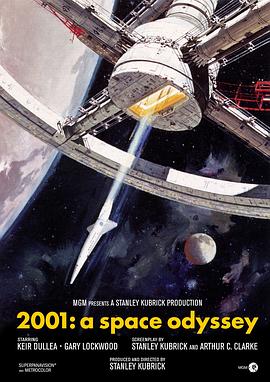
这部影片是库布里克花了四年时间制作的充满哲学命题的鸿篇巨制。一块大黑石树立在史前人类的面前,他们刚刚开始认识工具,进入到进化的里程碑。同样的黑石还在宇宙多处出现,它们矗立在月球上,漂浮在太空中,带着某种神秘的寓意。 现在的时间是2001年,为了寻找黑石的根源,人类开展一项木星登陆计划。飞船上有冬眠的三名宇航员,大卫船长(凯尔·杜拉 Keir Dullea饰)、富兰克飞行员(加里·洛克伍德 Gary Lockwood饰),还有一部叫“HAL9000”的高智能电脑。HAL在宇宙飞行过程中发生错乱,令到富兰克和三名冬眠人员相继丧命,剩下波曼和这台电脑作战。 从死亡线上回来的大卫一气之下关掉主脑系统,HAL彻底失效。现在,茫茫宇宙中只剩大卫一人,向木星进发。穿越瑰异壮观的星门,大卫仿佛去到一个奇特的时空,那里有人类无尽的生死轮回和宇宙的终极知识……</p>...


